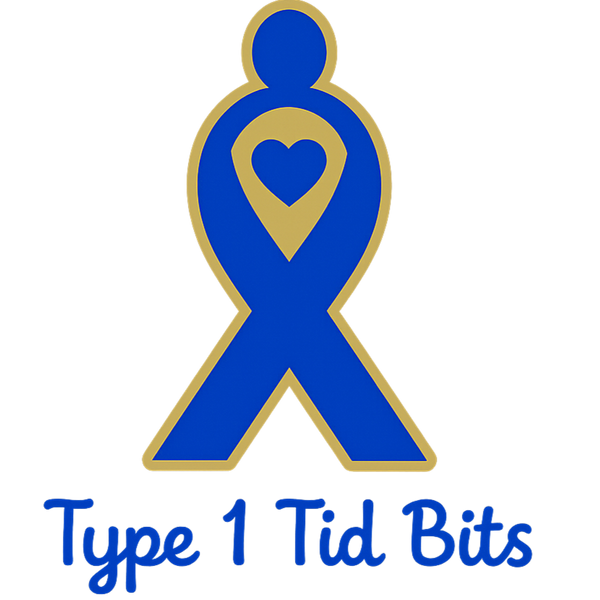If you live with diabetes, food labels are one of your most powerful tools. They hold the information you need to keep track of carbs, portion sizes, and hidden sugars—all of which can make or break your blood sugar control. But food labels can feel confusing at first. This guide will show you how to read them like a pro, so you can carb count with confidence.
Why Food Labels Matter in Diabetes
Carb counting relies on knowing exactly how many grams of carbohydrate are in what you eat. Labels take away the guesswork and give you clear numbers to work with. By learning how to read them properly, you’ll:
-
Match insulin doses more accurately.
-
Avoid surprises from hidden sugars.
-
Make smarter choices when comparing foods.
Step 1: Look at the Serving Size
The first thing to check is the serving size. All the numbers on the label are based on this portion.
👉 Example: If the label says 15g carbs per serving, but you eat two servings, that’s actually 30g carbs.
Pro tip: Use measuring cups or a food scale at first, until you get good at estimating what a serving looks like.
Step 2: Find the Total Carbohydrate
The most important line is “Total Carbohydrate.” This number includes sugar, fibre, and starch combined.
-
This is the number to use for carb counting.
-
Sugars and fibre are already part of this total, so don’t add them separately.
Step 3: Subtract the Fibre (Sometimes)
Fibre doesn’t raise blood sugar the same way other carbs do. If a food has more than 5 grams of fibre per serving, subtract the fibre grams from the total carbs (if advised by your dietitian)
👉 Example:
-
Total carbs: 20g
-
Fibre: 6g
-
Net carbs = 14g
This helps you get a more accurate idea of the carbs that actually affect your blood sugar.
Step 4: Watch for Added Sugars
Labels now list “Added Sugars.” These are sugars added during processing (like syrup or cane sugar) and can cause faster spikes in blood sugar.
-
Aim to minimise foods high in added sugars.
-
Choose naturally sweet foods (like fruit) instead.
Step 5: Check the Ingredient List
Carbs can hide under different names, such as:
-
Sucrose, glucose, fructose
-
Corn syrup, maltodextrin
-
Honey, molasses
The closer these are to the top of the list, the more of them the product contains.
Step 6: Compare Products
When choosing between two foods, labels help you decide which is better for your goals.
👉 Example:
-
Cereal A: 35g carbs, 2g fibre, 12g added sugar
-
Cereal B: 25g carbs, 5g fibre, 6g added sugar
Cereal B is the smarter choice—it has fewer carbs, more fibre, and less sugar.
Quick Label-Reading Checklist for Carb Counting
-
✅ Start with serving size.
-
✅ Look at total carbohydrate.
-
✅ Subtract fibre (if over 5g).
-
✅ Check added sugars.
-
✅ Scan the ingredient list.
Final Thoughts
Reading food labels may feel tricky at first, but with practice, it becomes second nature. By focusing on serving size, total carbs, fibre, and added sugars, you’ll be able to carb count accurately and keep your blood sugar in check.
If you’re new to carb counting, keep a notebook or use an app to log what you eat. Over time, you’ll memorise common foods and won’t need to check labels as often.
Please note, blog image is for illustration purposes only.

